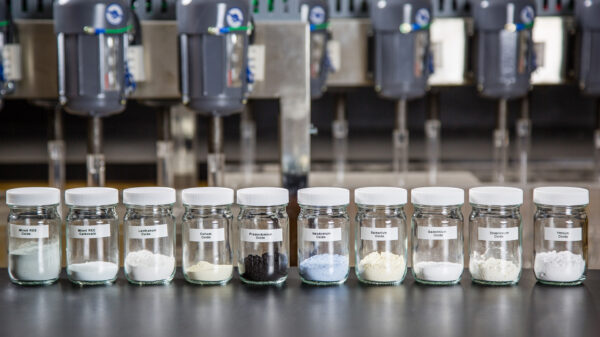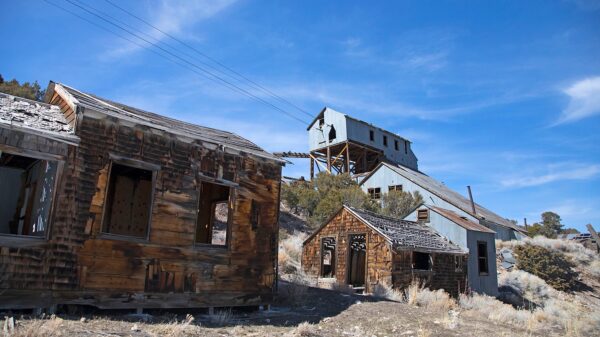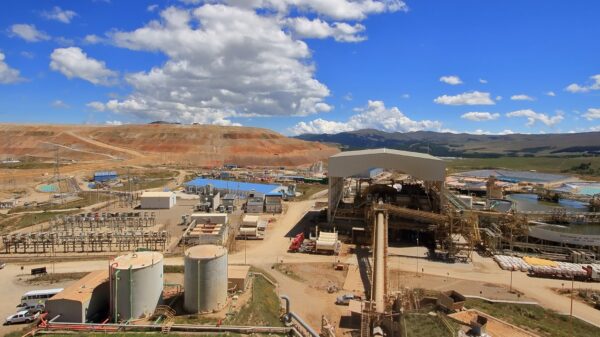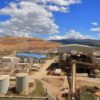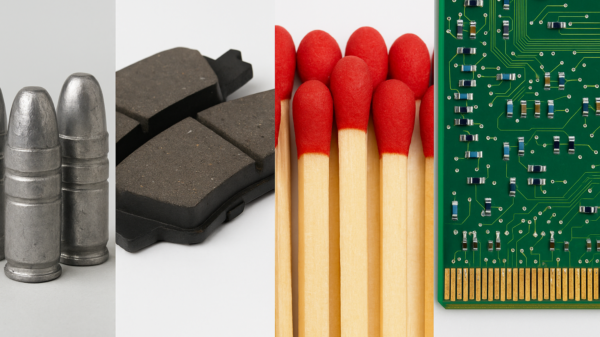South Africa is preparing for its first new underground gold mine in more than a decade.
West Wits Mining Ltd. (ASX: WWI) (OTCMKTS: WMWWF) announced on Thursday that it plans to begin production next year at the Qala Shallows project, located on Johannesburg’s western edge in the historic Witwatersrand Basin.
The USD$90 million project will produce about 70,000 ounces of gold each year. That is small compared to global mines, but it offers a rare lift for a sector in decline. A feasibility study projects USD$2.7 billion in revenue over 17 years, with costs below USD$1,300 per ounce.
Funding support has come from the Industrial Development Corp. and Absa Group Ltd., which provided about USD$50 million in loans. Ore from Qala Shallows will be processed at a nearby Sibanye-owned plant. West Wits also plans to mine during its three-year construction phase, generating early cash flow.
South Africa’s gold sector has struggled for years. Output has dropped more than 70 per cent in two decades, while Ghana overtook the country in 2019 as Africa’s top producer. Today fewer than 90,000 workers remain, down sharply from the 1980s. Rising costs, unstable electricity, and ultra-deep mines have all contributed to the decline.
The global market gives Qala Shallows a unique backdrop. Gold supply has lagged depletion for years. Major producers delayed greenfield projects, focusing instead on debt reduction and shareholder payouts. Industry leaders now warn of structural underinvestment.
In this environment, even modest projects carry weight. Qala Shallows may not shift global supply, but investors are watching closely. Juniors that can convert resources into production within one cycle stand out.
Read more: NevGold’s latest Nevada drill results show exceptional gold mineralization
Read more: NevGold closes its Nutmeg Mountain acquisition with Goldmining for $3 million
The noteworthy early cash flow risks
The Witwatersrand Basin geology shapes the project’s opportunity and risk. Gold occurs in narrow conglomerate reefs. These extend laterally but show variable grade. At 850 meters deep, Qala Shallows is shallow compared to mines reaching three kilometres. That lowers costs for hoisting and ventilation. However, brownfield corridors near old workings can present flooding, instability, and irregular reef conditions.
Financing will determine how investors view West Wits.
Juniors often balance debt, equity, royalties, and streams. Debt tied to ramp-up schedules is safer than costly loans that pressure output. Royalties reduce upfront dilution but cut into long-term profit. Equity raises remain likely despite higher gold prices improving appetite.
Mining during construction offers early revenue but creates grade risk. Development ore is often lower quality and more diluted than stoping ore. With gold prices above USD$3,000 per ounce, West Wits has a buffer. However, weak grade reconciliation could disappoint. Transparent reporting and cautious assumptions are critical. Hedging part of early production could reduce risks but also limit upside.
Processing ore at Sibanye’s nearby plant avoids large upfront capital. Yet toll milling usually carries higher per-tonne costs.
In addition, South Africa’s regulatory environment requires strict environmental and water management. Acid mine drainage in historic districts remains a challenge. Companies must disclose credible water treatment plans to narrow jurisdictional risk.
A smooth ramp-up at Qala Shallows would send a strong message. It would prove that smaller underground mines in mature districts can succeed under modern cost and ESG pressures. That could open the door for similar projects in South Africa and other legacy regions.
Read more: NevGold’s latest drill results extend priority target at Limo Butte by over 200 metres
Read more: Antimony recovery results from NevGold’s Limo Butte project exceed expectations
Gold Fields profits triple on record prices
While West Wits prepares for production, major producer Gold Fields Inc (NYSE: GFI) (OTCMKTS: GFIOF) is already reaping gains. The Johannesburg-based miner reported that first-half profit more than tripled from last year. The company realized an average price of USD$3,281 per ounce, up 40 per cent.
Gold output rose 24 per cent to 1.136 million ounces in the first half of 2025. Production improved at multiple operations, including South Deep in South Africa, Cerro Corona in Peru, Gruyere in Australia, and Salares Norte in Chile.
Salares Norte delivered 123,600 gold-equivalent ounces despite harsh winter weather. It is expected to reach commercial levels in the third quarter. Full-year production should total between 325,000 and 375,000 ounces. In 2026, the mine is projected to produce as much as 580,000 ounces in its first full year.
Headline earnings for Gold Fields jumped to USD$1.027 billion, compared with USD$320.7 million in 2024. The company raised its interim dividend to 7 rand per share, more than double the payout from last year.
.





